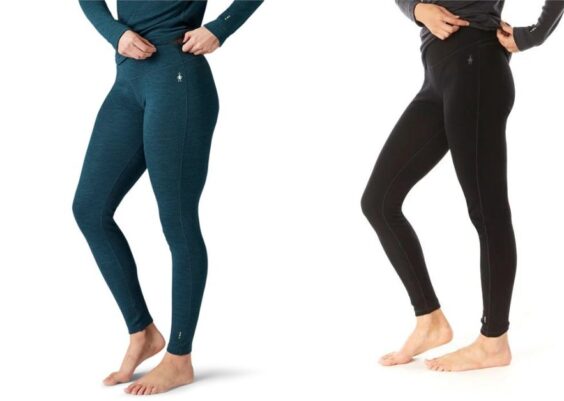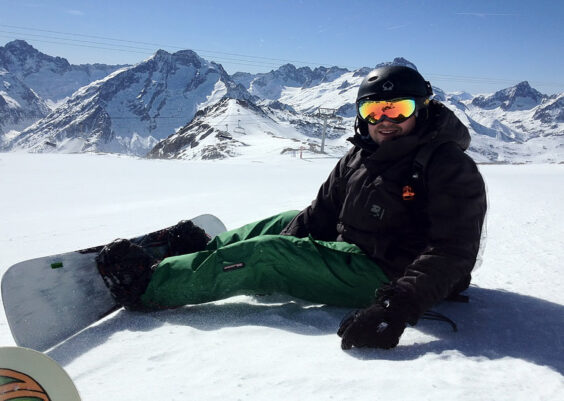Ski boots are undeniably the most important component of the ski set-up. Having the right & dry ski boot can mean the difference between a fun, productive day filled with memories and a day of injuries and uneasiness.
Hence one needs to spend some time and effort to get the right boot with the right fit whether you are renting them for the season or buying them.
The only way you can talk to your skis is with your ski boots so it is imperative to have the right fit.
So what is the right fit? There's no straight answer for that since many factors are at play. The size, shape, features, and flex of your ski shoes solely depend on your aspirations, experience, ability, physical stature, etc.
In this article, we shall discuss some of these factors that require your consideration before you can choose the best ski boots for yourself.
But before we begin.
How should they fit?

Ideally speaking the ski boot should have a cozy feel upon wearing, lacking any painful pressure points or hindering the circulation.
When you are buckled up with your leg in the upright position, you might feel a slight to modest pressure on your big toes. This signifies that the boot will attain its correct size after a few uses.
What you need to remember is that the boot should have the perfect fit after a few uses and not at the beginning. After all, it is easy to broaden a small boot rather than shrinking a large boot into a small one.
Now let's move on.
Type of Skier
Beginner/Intermediate
If you are just starting out then it is recommended that you opt for a softer/medium flex boot. This will surely keep you comfortable throughout the day.
Intermediate/Advanced
Much better than a rookie skier still a long way to go, however now you have the confidence and experience to enjoy a variety of conditions and speed. Hence an intermediate/Advanced skier should go for a medium flexing boot.
Advanced/Expert
Swift transition in all kinds of terrain with complete confidence regardless of the conditions is a sign of an expert skier, and they should opt for a boot with a stiff to very stiff flex and a clear-cut fit.
Volume and instep height
Volume typically goes hand in hand with the forefoot width, but this isn't always the case. Narrow forefoot tends to have less volume while a wider one has a roomier fit.
The problem is manufacturers don't list volume as a number, so the only sure way to figure it out is by trying it on.
The bony area on top of and forward (slightly) of your arch is the instep height, this is a key area regarding ski boot fitting.
Given the fact how sensitive your foot is to the instep, it would only take 10-15 minutes for you to know whether there's an issue with it or not. Make sure it is comfortable.
Flex and Stiffness

The flex of a boot determines how much effort is required to bend the boot forward. Flex ranges from really soft (50) to race stiffness/very stiff (130) which is indicated by flex index.
Men and women have slightly different flex ratings. Let's take a brief look.
Men's Flex rating
Contrary to men women are likely to have less body mass for their height and foot size. As such their flex ratings are a bit lower.
Women's Flex Rating
Other factors that play a role in choosing the flex includes speed, terrain, type of snow, your height, and weight.
Many brands are now proposing women-specific boots intended to offer adjustable cuff, so now it will be easy to find the best women's ski boots with more fit options.
Width (Last)
Just like length even width is important, also known as last.
To make it amenable for everyone manufacturers are now making 2-3 distinct models/lasts. Generally lasts are divided into 3 segments narrow, medium, and wide.

Narrow width
Medium width
Wide width
Features
There are plenty of features that a ski boot has to offer which enhances performance, comfort level, and maneuverability. Most of them are expected to tailor the fit and purpose of the boot.
These features include:
Special features:
Worried About Skiing Resorts! Check Out: 5 Best Cross Country Skiing Resorts in Mammoth Mountain for Beginners.
Conclusion
Sometimes there are some irregularities in the shape of the foot (bunions, bone spurs, etc.) and they don't go with the normal fitting.
These issues can be resolved by a professional and an experienced boot fitter. It's better than buying the next big size.
Keep these above-mentioned factors in mind while purchasing or renting a ski boot, and I am sure you will have a blast on your skiing tour.
Find Out The Ski Boot Bag.
Last updated on December 28th, 2021 at 12:01 pm




